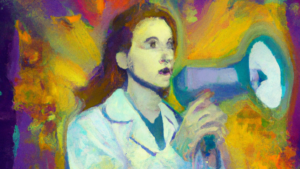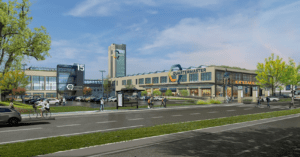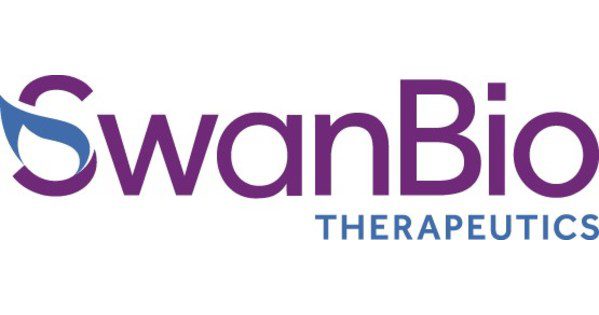
SwanBio Makes its Case for Rare Neurological Disease Gene Therapy
By Mark Terry
May 16, 2023
SwanBio Therapeutics, based in Philadelphia, issued a healthcare resource use study that confirmed the burden and economic impact of adrenomyeloneuropathy (AMN). The company is currently running a Phase I/II trial of its adeno-associated virus (AAV)-based gene therapy candidate, SBT101, to treat the disease, which affects approximately 8,000 to 10,000 men in the U.S. and Europe.
Eileen Sawyer, Senior Vice President, Medical Affairs for SwanBio, told BioBuzz that like a lot of rare disorders, there was not a lot of information available about AMN on what patients go through when they’re developing and experiencing the disease.
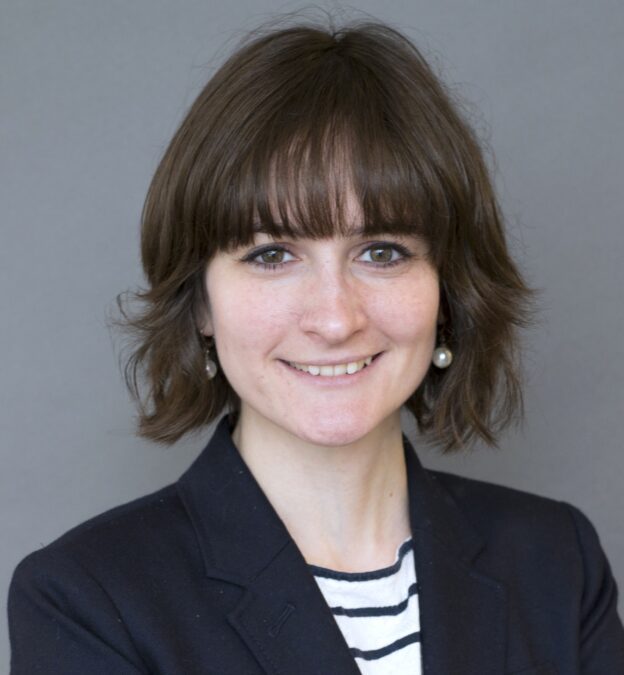
“So we wanted, as part of our efforts to develop a treatment, to really understand what the patients are actually experiencing and what care they use, what they might need, and where their unmet needs are. So we did the study of real-world data, which is health claims data, to get an understanding of that.”
The study found that adults with AMN had more comorbidities, such as peripheral vascular disease, chronic pulmonary disease, and liver disease than the typical population. A much larger proportion of people with AMN had at least one hospital admission. And adults with AMN 18 to 64 years of age who had commercial insurance had dramatically higher annualized all-cause direct medical costs, particularly men, whose medical costs were about 10 times higher per person per year.
AMN is caused by mutations in the ABCD1 gene, which disrupts the function of spinal cord cells and other tissues. Symptoms can include loss of mobility, incontinence, pain, and sexual dysfunction. There is often adrenal gland dysfunction. There are currently no approved therapies. Treatment is usually limited to managing symptoms.
SwanBio initiated its PROPEL Phase I/II trial of SBT101 in December 2022. SBT101 is an AAV-based gene therapy carrying the ABCD1 gene, the wild-type version.
“The goal is to restore the activity to the neurons and cells in the spine that are lacking that and that are responsible and impacted by the degeneration that occurs with the disease,” Sawyer said.
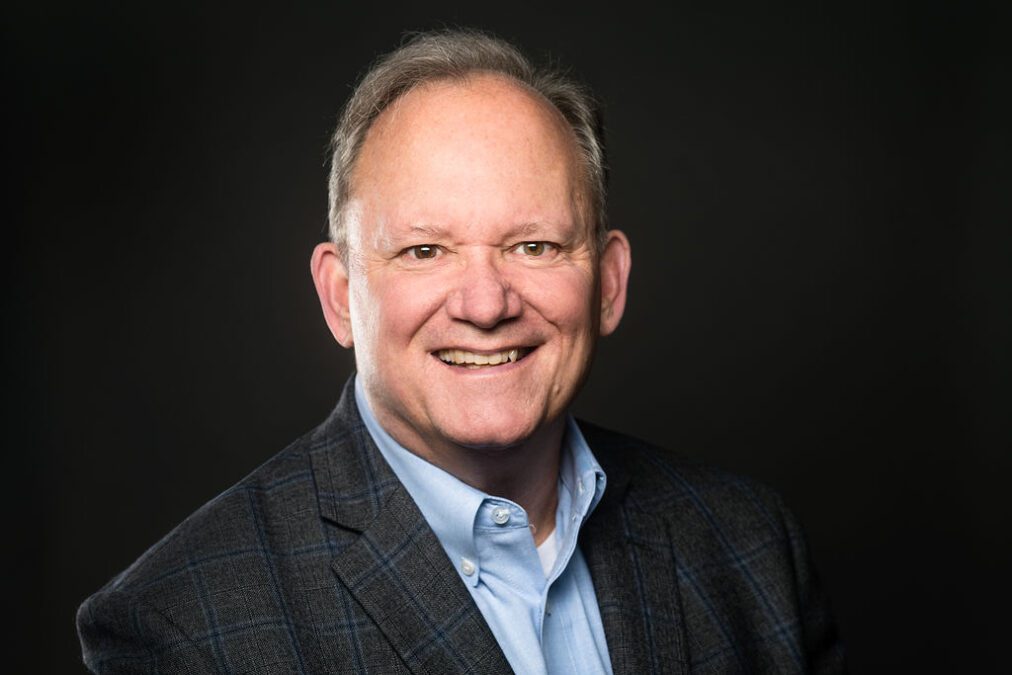
Tom Anderson, CEO of SwanBio, told BioBuzz, “It’s going to take us probably the next couple of years to see a readout. The study originally has 16 subjects in it, and it does contain several cohorts — they’re dosing cohorts, so we have a lower-dose cohort, a higher-dose cohort, and then an extension arm.”
They expect, within that period, to be able to see both safety and efficacy. Typically, safety signals will be seen earlier. Anderson adds, “These gene therapies do take time to develop some sort of treatment response.”
SwanBio was founded in 2017 by Florian Eichler, MD, chair of the company’s Clinical Advisory Board, Karen Kozarsky, PhD, Chief Scientific Officer, and Rachel Salzman, DVM. Eichler is the Director of the Leukodystrophy Service and of the Center for Rare Neurological Diseases at Massachusetts General Hospital and Associate Professor of Neurology, Harvard Medical School. Prior to co-founding SwanBio, Kozarsky was President of Vector BioPartners. Salzman previously served as a leadership member of The Stop ALD Foundation, a non-profit medical research organization focused on effective therapies, curea, and prevention of X-linked adrenoleukodystrophy.
The company has other programs in its pipeline. In addition to SBT101, Anderson said, “Consistent with the pathway we chose for SBT101, we’re looking at other spastic paraplegias, of which AMN is one. We have another indication in that particular space. We’re also looking at monogenic neuropathies. We haven’t announced these indications for competitive reasons but suffice it to say that the learnings we adopt and are able to absorb are being leveraged and used in subsequent programs in the space. What we really want to get to is the polygenic space where we can treat larger diseases.”
In May 2022, the company completed a Series B financing round worth $56 million. It was led by founding investors Syncona Limited and Mass General Brigham Ventures. That brought the company’s total financing to $133 million.
Anderson noted, “Gene therapy, being a very expensive proposition, requires a high need for capital. And we’re certainly no different than other gene therapy companies that are in a similar position. We’ve been blessed to have two wonderful investors, Syncona Limited out of London and Mass General Brigham Ventures out of Boston. They are fully supportive of the program and have always been there in the past for us when we needed capital. There’s every assurance that they will be there for us in the future.”
Anderson adds that neurology is plagued with many inadequate therapies. “There’s a real potential for gene therapy to make a significant difference in big neurological diseases like Parkinson’s, like ALS, like Alzheimer’s disease, multiple sclerosis and other indications. There are a lot of companies that are interested in these diseases and are trying to bring more benefit to more people.”
Speaking of the Philadelphia area, Anderson points out that the company’s lab space is on Market Street in West Philadelphia between the Drexel and University of Pennsylvania campuses. “The vast majority of our people, our ‘swans,’ as we like to call them, come from the Philadelphia area. We have a few that are outside Philly, but not many. The vast majority of our swans are here based in the Philadelphia region, and we’re absolutely devoted to this region. It’s where the company was founded, and it was always intended to be here.”
When the company’s staff were asked if they had been affected, either personally or through family or friends, by rare diseases, Anderson and Sawyer were astounded that more than half of their employers “have a deep and direct connection to rare diseases,” Anderson said.
“There are all kinds of rare diseases,” he went on to say. “But a lot of them are neurological disorders. And what this speaks to is why we do what we do. It’s personal to us. We have personal experience, but more than that, it puts a lift in our mindset when we come into work every single day knowing that there are patients out there who are both courageous and committed to being part of this wonderful journey that we’re on. And for that, we’re deeply, deeply indebted to them.”
- About the Author
- Latest Posts
Mark Terry is a freelance writer, editor, novelist and ghostwriter. He holds a degree in microbiology & public health and spent 18 years in infectious disease research and clinical and research genetics prior to his transition to a writing career. His areas of expertise include biotechnology, pharma, clinical diagnostics, and medical practice management. He has written literally thousands of articles, as well as market research reports, white papers, more than 20 books, and many other written materials. He currently lives in Michigan with his family.





